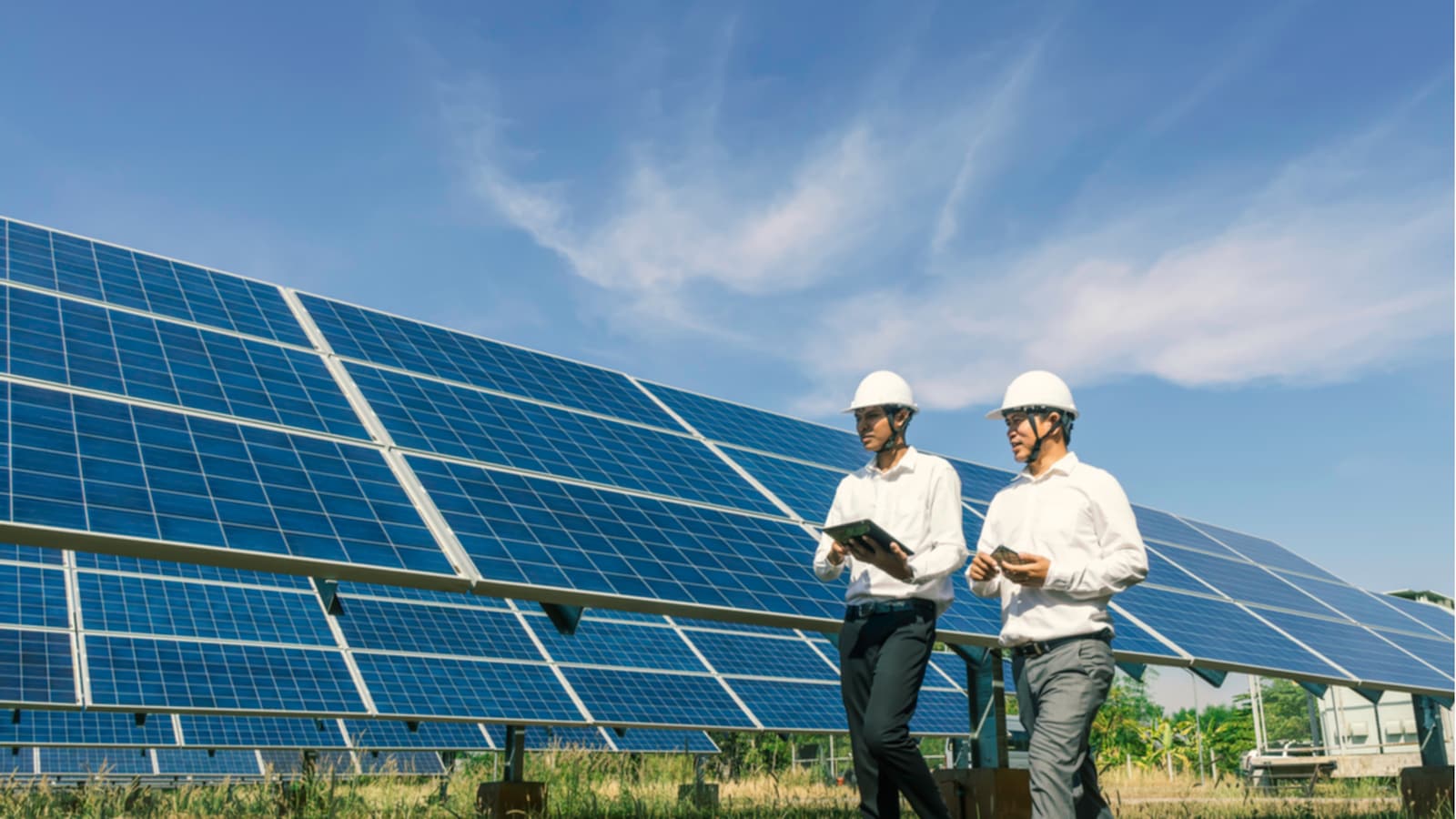Millions of families struggle continuously to find solutions to cut their energy usage that make them pay more than 50% compared to an efficient home. By having a look at the report of the US Energy Information Administration, Green Energy Solutions identifies some of the appliances used in homes that consume the largest part of our utility bill so that we can take necessary steps to go energy efficient.
Heaters
Green energy solutions Loma Linda notes that energy used by heaters takes the largest part of the energy bill, accounting for approximately 32% of the total energy consumption of a household. It is therefore, we need to have more focus on heaters to ensure cutting energy at this point. The primary step that can be carried out is to arrange for an energy audit, as it enables us to know the areas like holes or cracks, and gapping in the windows or doors causing energy loss. Once identified, to boost the efficiency of the heating system, insulating the areas can provide great results. Equally, we can think of buying heat pumps which are highly energy efficient. Investing in heating pumps with ENERGY STAR labels can also help us to get government rebates as well as save on our utility bills.
Water Heaters
The second major user of energy in our household is water heaters which grab nearly 18% of our total utility bill. Therefore finding a solution should be our aim to reduce consumption. One good way to resolve the issue is to have a tankless water heater because these appliances are designed to heat water only when it is required rather than heating the water all through the day. Also, we can consider bathing is reduced heated water and lessen the energy cost. Buying a tankless water heater also enables us to get a tax credit if we opt for government-backed Energy Star products.
Cooling Appliances
Although the cooling system of our home needs relatively less energy compared to the energy consumed while heating it, however, it consumes around 11% of the utility bill. Green Energy Solutions points out that we should equally take immediate steps to boost the efficiency of the cooler system. Here, we can follow a similar way as applied for preventing the escape of heat from our home to keep it cool. Followed by an energy audit and identifying the gapping points that release cool air, we can use weather-stripping to seal the air leaks adjoining windows and doors which are moveable types, and caulk the filling cracks for stationery areas like walls, floor, etc.
Lighting Systems
To become energy efficient, another area that needs our attention is incandescent bulbs as each of them consumes a considerable amount of energy. Simply put, for lighting each of them for 12500 hours it is likely to cost us $84, as opposed to $15 for lighting an LED. Moreover, LED and CFL bulbs shine more brightly than traditional ones while branded LED or CFL bulbs last around 10 to 25 times more than incandescent. While many of us prefer buying incandescent bulbs since they are inexpensive, however, eventually they increase the utility bill grossly and we also need to purchase more bulbs down the line. So, thereby, replacing them with LED and CFL is the best idea to lessen the utility consumption of our home.


0 comments: